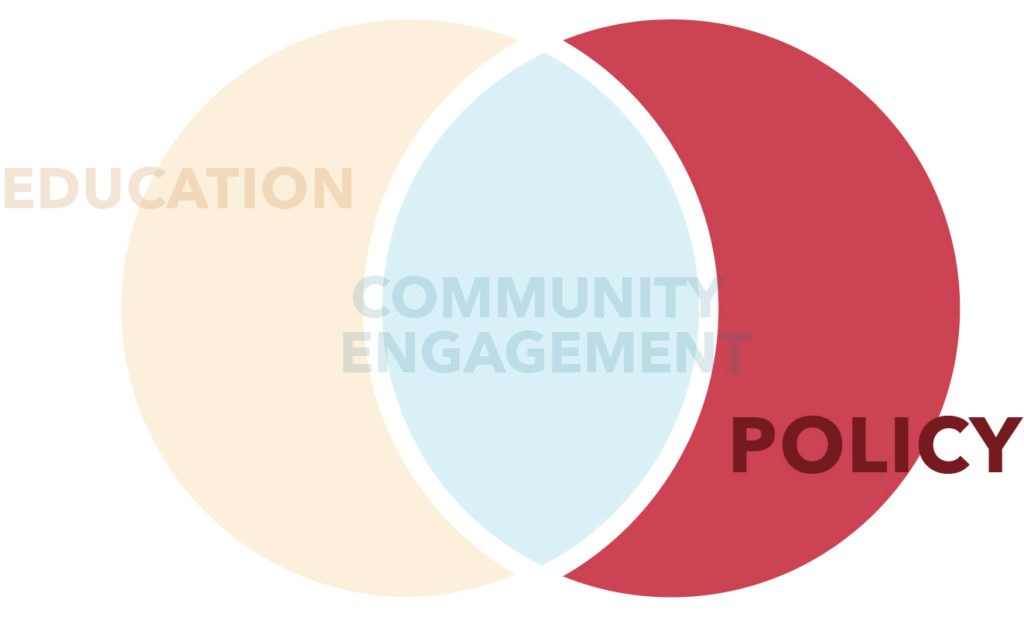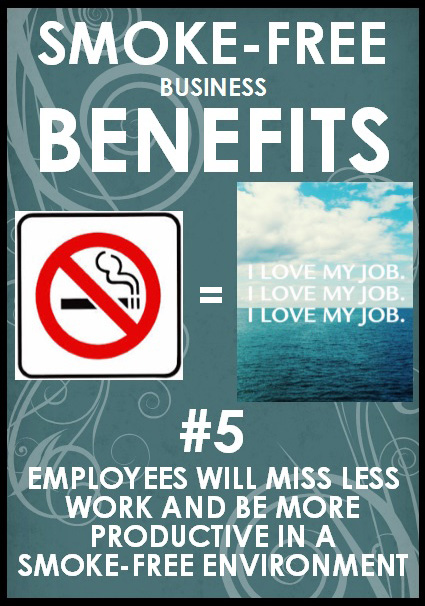Taking a few preparation steps before you present your policy to decision makers can improve your chances of success and save you time in the long run.

Planning
- Get to know decision-makers. Who are they? Have they supported similar policies in the past? What/who are they influenced by?
- Get to know the meeting organizers. Find out who schedules the meetings and how to get on the agenda.
- Gauge decision-maker support.
- Have conversations with stakeholders.
- Survey decision makers.
- Share the concept of your policy informally to get the community talking about it. Use social media to trigger conversations.
- Organize talking points or presentation slides and identify one or two people to present.
- Don’t talk about what you think is important, talk about what they think is important based on 1:1 conversations.
- Use local photos of your community engagement events, like Walk & Talks and Parades, and survey results in your presentation slides.
- Demonstrate community support.
- Rally your coalition members to attend the meeting so decision-makers can see the community buy-in. Prepare supporters in case they are invited to speak.
- Find out what to expect when you present your policy.
- Attend a meeting just to observe local customs or ask a trusted local supporter.
- How can you be respectful if there is a prayer or traditional practice, such as smudging at the meeting?
- How should you address tribal leaders (ex. Madam Chair, Representative, Honorable)?
- Attend a meeting just to observe local customs or ask a trusted local supporter.
- Now, you’re ready for the next step—“During and After Presentation”.
What if?
You’re not able to get on the meeting agenda to present…
- Ask a supportive decision-maker for help.
- Consider if you need to raise more community awareness or spend more time educating the community on your policy.
Hints
Touch base with decision makers. If they feel surprised or unprepared, they’ll be less likely to act on the policy. This is also a good chance to remind them of their previous commitments or past support.
Čaŋlí Coalition Example

For over a year, the Canli Coalition was unable to even get on the CRST Health Committee agenda to present our indoor smoke-free air policy. We worked hard during this time to make our education and community engagement efforts visible.
The 7 days leading up to Ordinance 77 being presented in CRST Tribal Council, the Canli Coalition featured 7 daily infographics on the benefits of smoke-free businesses. It felt like the whole rez was involved in the discussion by day 7!